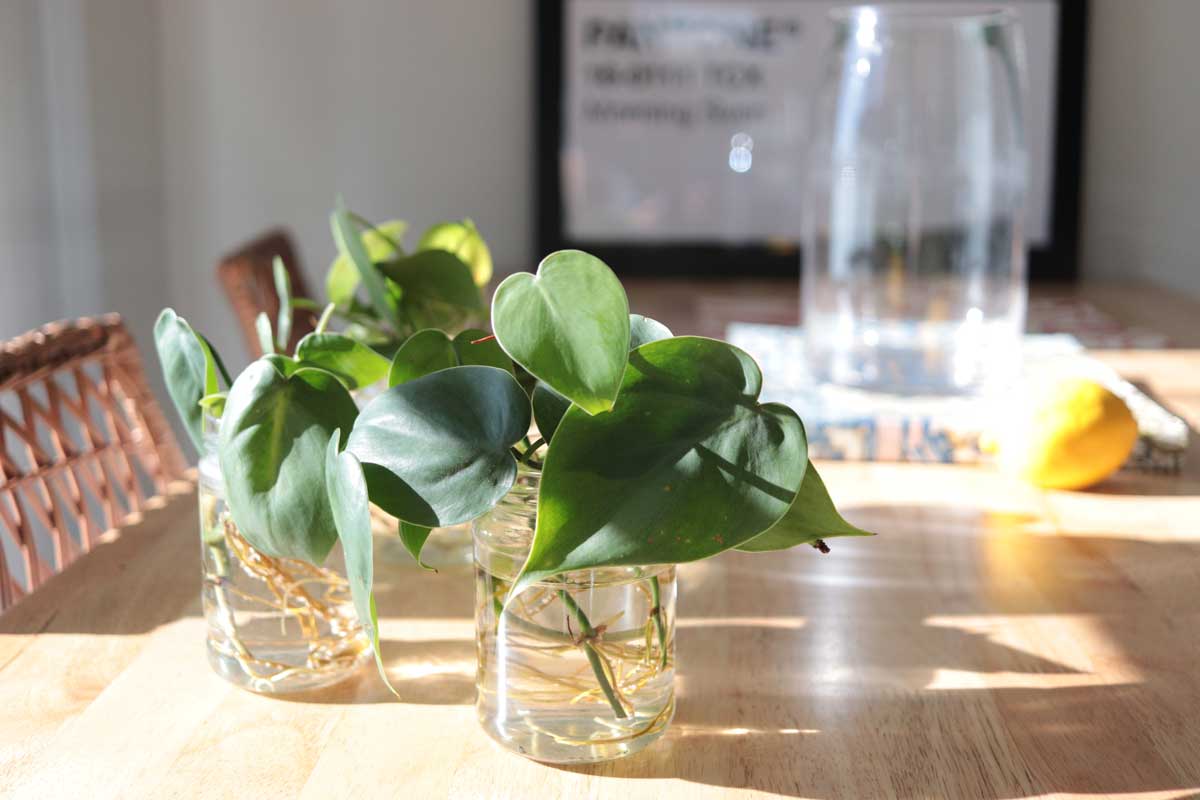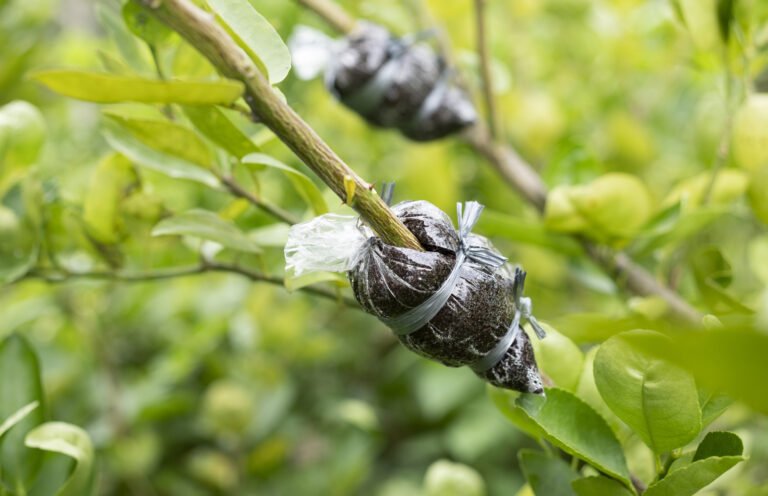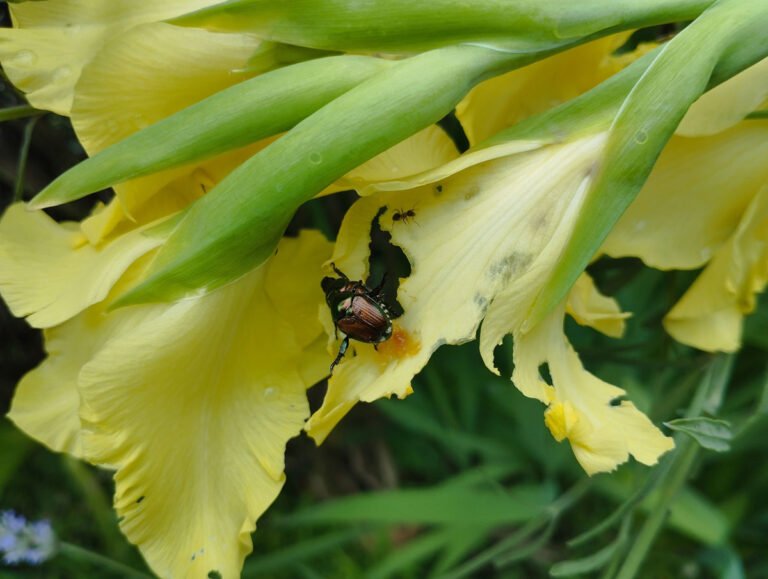How do plants multiply?
Plant multiplication systems: cutting, grafting, offshoot, layering, seed.
The basics of propagation by cutting
The characteristic that distinguishes plant organisms from animals and the secret to ensuring that from one individual we can obtain many exactly the same ones, lies in the smallest unit that composes it: the cell. The plant cell is in fact different from the animal cell for some characteristics but the one that interests us most, for the purposes of multiplication, lies in the possibility, if we can call it that, of “rejuvenating”: what does this mean?
From a part of a branch, leaf, or root, we can induce, provoke, stimulate the formation of the entire plant. Another way to define this characteristic is the “totipotency” of the plant cell.
We will all have taken “cuttings”, that is: portions of a branch, more frequently, or of a stem, leaf or root. From these portions or fragments, placed in water or in light soil or sand kept well wet, the formation of roots will be obtained at the cutting point, then we will have a rooted cutting and finally a young plant.
How can this be possible? The secret is, in fact, contained in the cell itself which, stimulated by the cut, reacts by producing “callus”, healing which will give rise, if placed in the right conditions, to the young root. What happened was that, after the cut, there was a multiplication of “young” cells which then moved towards the formation of roots.

Many plants are easy to multiply by cuttings, others very slow to root, or difficult or complex.
Generally we can say that herbaceous plants are simpler than shrubs and woody plants, in which the consistency of the branch is no longer herbaceous but semi-woody or woody, so they are more difficult or slower in producing roots. Another factor that can influence the speed and possibility of rooting is the period in which we take the cutting, which can be different not only between different species, but also between varieties within the same species.



